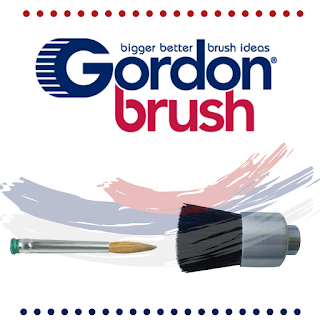Occurrences of static electricity are ubiquitous: walking along a carpeted floor in a heated room during winter generates sufficient static electricity to give a shock a door knob is touched. While this sudden discharge of static electricity does not result in any harm to the human body, it can be very damaging to electronic devices which are sensitive to electrostatic discharge (ESD). It is possible for electronic devices to be damaged by ESD that is imperceptible to the human body.
When a statically-charged person or object touches an electrostatic discharge sensitive (ESDS) device, there is a possibility that the electrostatic charge could be drained through sensitive circuitry in the device. If the electrostatic discharge possesses sufficient energy, damage could occur in the device due to localized overheating.
There are two categories of damage that can occur due to ESD: (a) Catastrophic damage: the electronic device is rendered inoperable immediately after the ESD event. A semiconductor junction or a connecting metallization could have been damaged by the electrostatic discharge; (b) Latent damage: the electronic device appears to be working fine following the ESD event. However, the sensitive circuitry has been damaged and could fail to operate properly at some time in the future.
In an ESD protected area, a worker should use
dissipative brushes or
conductive brushes when working on ESD sensitive products or assemblies. All portions of the brush (both handle and the filaments), need to be conductive or dissipative. For ESD control purposes, per the ESD Association, conductive is considered less than 1 x 10
4 ohms (10,000 ohms) and static dissipative is 1 x 10
4 to less than 1 x 10
11 ohms (10,000 to less than 100,000,000,000 ohms). The resistance range is able to remove electrostatic charges to ground when grounded.
Insulators or non-conductors, material greater than 1 x1011 ohms, are to be removed from the ESD protected area since they cannot be grounded. An ESD brush is grounded by being held by the grounded worker. Also, the ESD brush will be grounded when in contact with a grounded work surface or bench mat.
When a worker, holding a regular brush wipes it upon a product or assembly, turbocharging
(the breaking of contact between two materials results in turbocharging, thus creating a difference of electrical potential that can lead to an ESD event) occurs due to the contact and separation of the brush filaments on the product. Per the ESD Handbook, sources of static electricity include: "Brushes (camel/pig hair and synthetic bristles)." Even if the worker is grounded the electrostatic charge will remain on the brush filaments and/or handle being a threat to discharge possibly damaging ESD sensitive products. All portions of the
ESD brush are to be conductive or dissipative.

Most man-made synthetic materials are high charging and generate a substantial electrostatic charge. Per the ESD Handbook, "It should be understood that any object, item, material or person could be a source of static electricity in the work environment. Removal of unnecessary nonconductors, replacing nonconductive materials with dissipative or conductive materials and grounding all conductors are the principle methods of controlling static electricity in the workplace, regardless of the activity. "Brushes whose job is intimate contact with products may be critical to change from high charging insulative materials to conductive and/or dissipative materials.
Gordon Brush® manufactures over 250 different types of ESD brushes. Many of these brushes are "safe" brushes. Safe brushes are small, handheld conductive brushes with fill material that are suitable for safely cleaning PCBs (printed circuit boards) and other electrical components prone to damage from ESD (electrostatic discharge). ESD safe brushes are designed to dust PCBs and other static-sensitive items from which particles must be safely removed. These specially developed brushes are ideal for cleaning delicate components, integrated circuits and workstation surfaces. They can also be used for cleaning computer backplanes and motherboards or bushing down workstations and anti-static mats.
The ergonomic handles of ESD safe brushes are designed for comfort during prolonged use and are usually made of conductive metal or dissipative (designed to control static) plastic. The firm brush is composed of conductive filament. These tools are highly resilient, durable and abrasion resistant. Unlike conventional brushes, you can use ESD safe brushes to thoroughly clean ESD sensitive components or assemblies without the danger of high charges being generated.
Made in the United States, Gordon Brush's line of standard/stock ESD brushes are crafted with the finest material to safeguard your electronic devices. While we charge a lot for our brushes, it's well worth the charge so that the static charge doesn't ruin your electronic devices.






